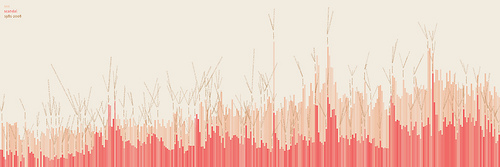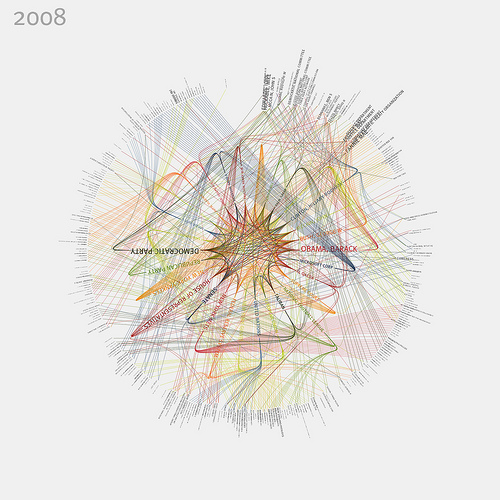
Ever since The New York Times began rolling out a series of APIs four months ago, I’ve been eagerly anticipating what might come of them. Tomorrow’s event at the newspaper’s midtown headquarters, Times Open, is intended to encourage development around the APIs and could point in a few new directions for news delivery and consumption.
If you can’t tell your MySQL from PHP, this is what you need to know about APIs. The acronym stands for application programming interface and refers to the way that applications — like Twitter and UPS package tracking — interact with each other. Those sites have a ton of data you might want to access, but perhaps not at Twitter.com or UPS.com. You might, instead, prefer to see your friends’ latest tweets on your Blackberry. Or you might want to view the location of your package on Google Maps. Those mashups, as they’re often called, are only possible thanks to APIs.
How might the Times’ APIs be used? Well, one of them provides access to all of the newspaper’s movie reviews. Wouldn’t it be helpful, when making you’re next Netflix selection, to see the latest recommendations by A.O. Scott without navigating to the Times? Netflix just released its own API, so this application now, blissfully, exists.
There may also be a business model here: Marc Frons, chief technology officer at the Times Co., has said they plan to charge for commercial uses of their APIs. (That link leads to a very helpful Poynter piece on this same topic.) So if Amazon wanted to add the Times best seller lists to its site, customers might benefit from the additional information, and the Times could get paid for its work.
The Times has released eight APIs for its content ranging from campaign contributions to Congressional roll call votes to every article published since 1981. The article search API is the most evidently promising, and it has already spawned some stunning visualizations by Jer Thorp, an artist in Vancouver. The one above tracks frequency of the words “hope” (in blue) and “crisis” (in gray) from 1981 to 2009, starting and ending at midnight. This one does the same for “sex” (beige) and “scandal” (pink):

And for each year between 1981 and 2009, Thorp has also charted the most frequently mentioned people and organizations in the Times and their relationships among each other. Like this one for 2008:

Here’s a bigger version of that image. Check out his Flickr set for plenty more beautiful visualizations of the Times oeuvre, and Thorp explains the technical details in a set of posts on his blog. (That’s where I get lost.)
There are a few other, early uses of the Times APIs, three of which have been highlighted here. A script by Times developer David Seguin leans on one of the APIs to offer a new way of viewing comments on the Times site. And this code makes it easier to use the Times’ roll call votes. But that, as far as I can tell, is pretty much it, which means the potential of these APIs hasn’t really even begun to be realized. I’ll be at Times Open tomorrow, hoping to find some of the more exciting possibilities.